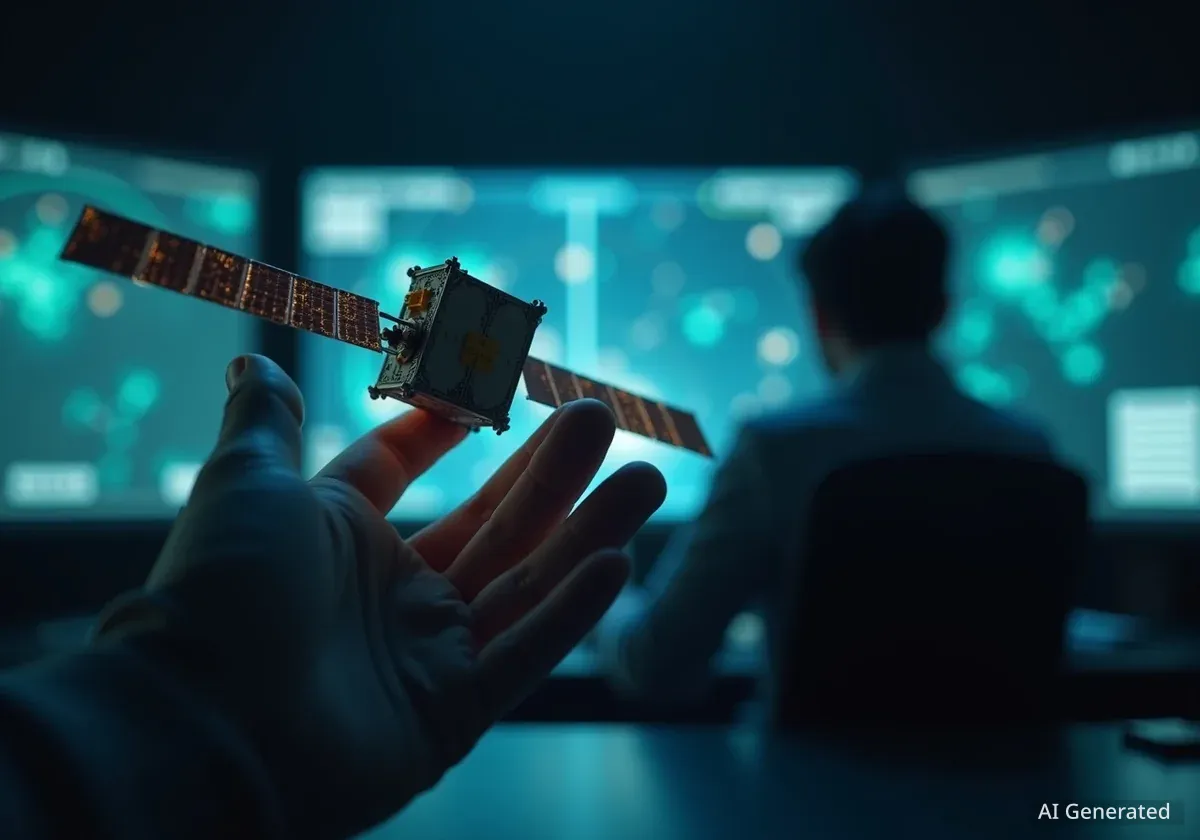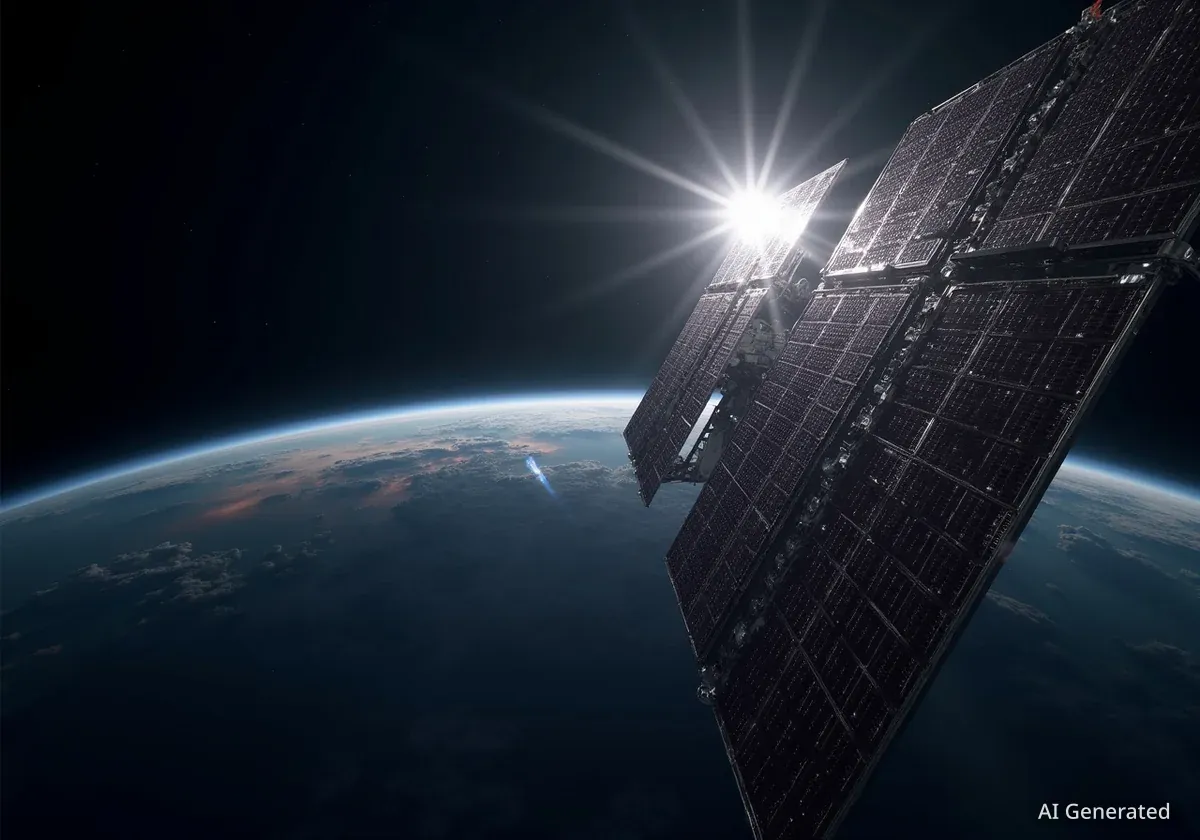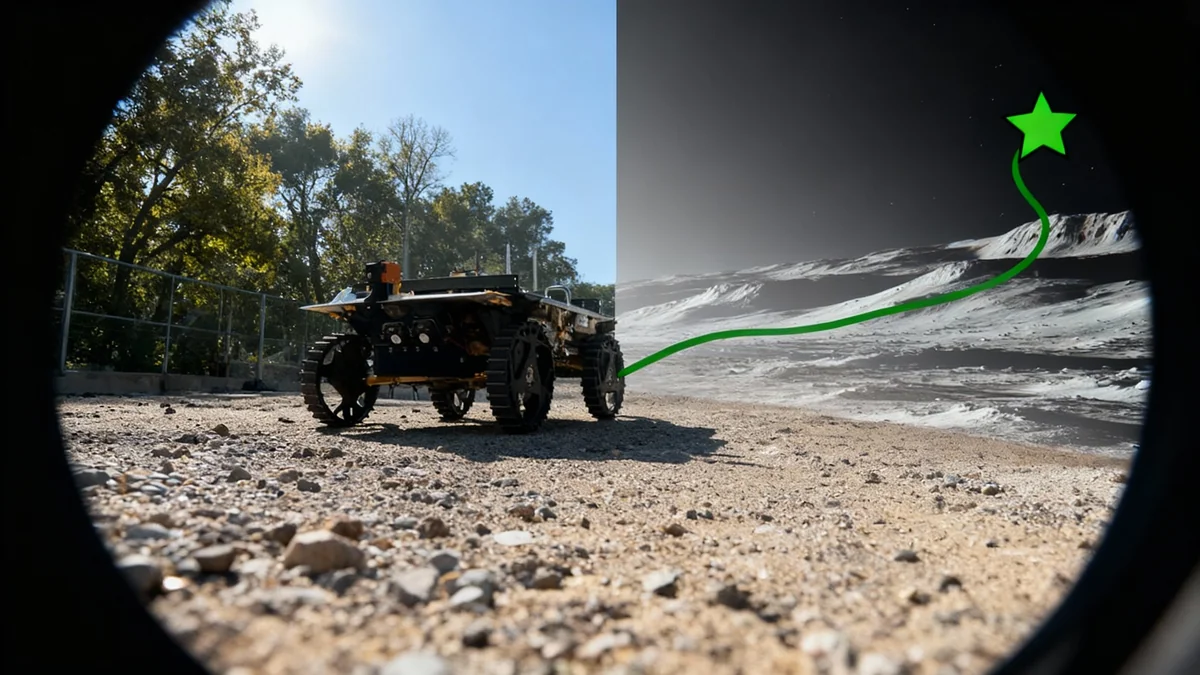The European Space Agency (ESA) is developing a small, luggage-sized satellite designed to provide significantly earlier warnings for potentially damaging solar storms. Named Henon, the CubeSat mission is set to become the first of its kind to operate independently in deep space, charting a new course for low-cost interplanetary missions.
Scheduled for a late 2026 launch, Henon will travel millions of kilometers from Earth to a unique orbit, where it will test technologies aimed at giving authorities on the ground up to six hours of advance notice before a solar storm hits, a major improvement over current capabilities.
Key Takeaways
- ESA's Henon is a small CubeSat designed for deep space exploration and solar weather monitoring.
- The mission aims to extend solar storm warning times from the current 15-60 minutes to 3-6 hours.
- Henon will be the first stand-alone CubeSat to maneuver and communicate independently in deep space.
- It will utilize a novel miniature ion engine and fly in a first-of-its-kind Distant Retrograde Orbit (DRO).
A New Frontier for Small Satellites
Henon represents a significant step forward in the capabilities of miniaturized spacecraft. While other ESA CubeSats have traveled into deep space, they have always relied on a larger 'parent' spacecraft to relay communications back to Earth. Henon will be different.
It is being equipped with a new miniaturized deep-space transponder, allowing it to communicate directly with ground stations in ESA’s Estrack network. This autonomy is a critical feature for future deep-space missions that need to operate without the support of a larger vessel.
"Henon, on the other hand, will be able to independently communicate with ground stations," explained Roger Walker, ESA’s Technology CubeSats manager, highlighting the satellite's pioneering independent communication system.
Pioneering Propulsion Technology
To reach its destination and maintain its unique orbit, Henon will be fitted with a first-of-its-kind miniature ion engine. This electric propulsion system, powered by the satellite's solar panels, uses charged xenon gas atoms to generate thrust.
Miniature But Mighty
The electric propulsion system on Henon, once proven, is expected to unlock new possibilities for small, affordable missions to destinations like the Moon, asteroids, and even Mars orbit, according to ESA officials.
This level of maneuverability is unprecedented for a spacecraft of its size. The successful demonstration of this technology could dramatically lower the cost and complexity of sending scientific instruments to distant parts of the solar system.
An Ambitious Journey to a Unique Orbit
Henon's mission profile is as innovative as its technology. After launching as a secondary payload on a larger rocket, it will be deployed at the Sun-Earth Lagrange point 2 (L2), approximately 1.5 million kilometers from our planet.
From there, its ion engine will fire, propelling the small satellite on a journey to a Distant Retrograde Orbit (DRO). This highly stable, elliptical path around the Sun was first theorized by French astronomer Michel Hénon in 1969, and the mission is named in his honor.
No spacecraft has ever operated in a DRO before. This orbit will take Henon as far as 24 million kilometers from Earth at its most distant point, well beyond the 2 million kilometer boundary that marks the beginning of deep space.
What is a Solar Storm?
Solar storms are powerful bursts of energy and particles from the Sun. When directed at Earth, they can disrupt satellite communications, damage electrical power grids, and pose a risk to astronauts in orbit. Advanced warnings are crucial for taking preventative measures.
Transforming Space Weather Forecasting
The primary goal of the Henon mission is to serve as a technology demonstrator. Its unique vantage point, closer to the Sun, will allow it to test miniaturized instruments designed to detect the signs of an impending solar storm.
Currently, our best warnings come from spacecraft located at Lagrange point 1 (L1), which provide about 15 to 60 minutes of notice. By operating from its DRO, Henon is expected to confirm the arrival of solar storms with a warning time of 3 to 6 hours.
"Demonstrating this warning capability with Henon will open up a new pathway to develop a future constellation of small spacecraft that would operate in the DRO and keep a close watch on the progress of solar storms," stated Juha-Pekka Luntama, Head of ESA’s Space Weather Office.
This extended lead time would give operators of critical infrastructure, such as power grids and satellite networks, valuable hours to implement protective measures, potentially preventing widespread damage and disruption.
Mission Progress and Next Steps
The Henon mission, led by prime contractor Argotec, recently achieved a major milestone by passing its Critical Design Review. This confirms that the detailed design of the spacecraft is finalized and sound.
"This milestone is the result of remarkable teamwork, collaborative spirit, and professionalism from all members of the consortium," said Davide Monferrini, Henon Program Manager at Argotec.
The project team is now moving into the next phase of development. This involves two key activities:
- FlatSat Testing: Engineers will lay out all of Henon's electronic components on a table to rigorously test the hardware and software interactions.
- Structural Modeling: A specialized model of the spacecraft will be built and subjected to intense testing to ensure it can survive the vibrations of launch and the harsh conditions of deep space, including vacuum, radiation, and extreme temperatures.
Funded through ESA’s General Support Technology Programme (GSTP), the Henon mission embodies the agency's strategy of pushing technological boundaries while delivering practical applications that can protect vital infrastructure on Earth.





